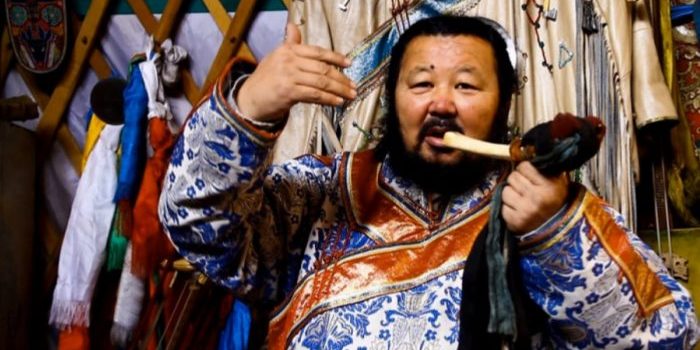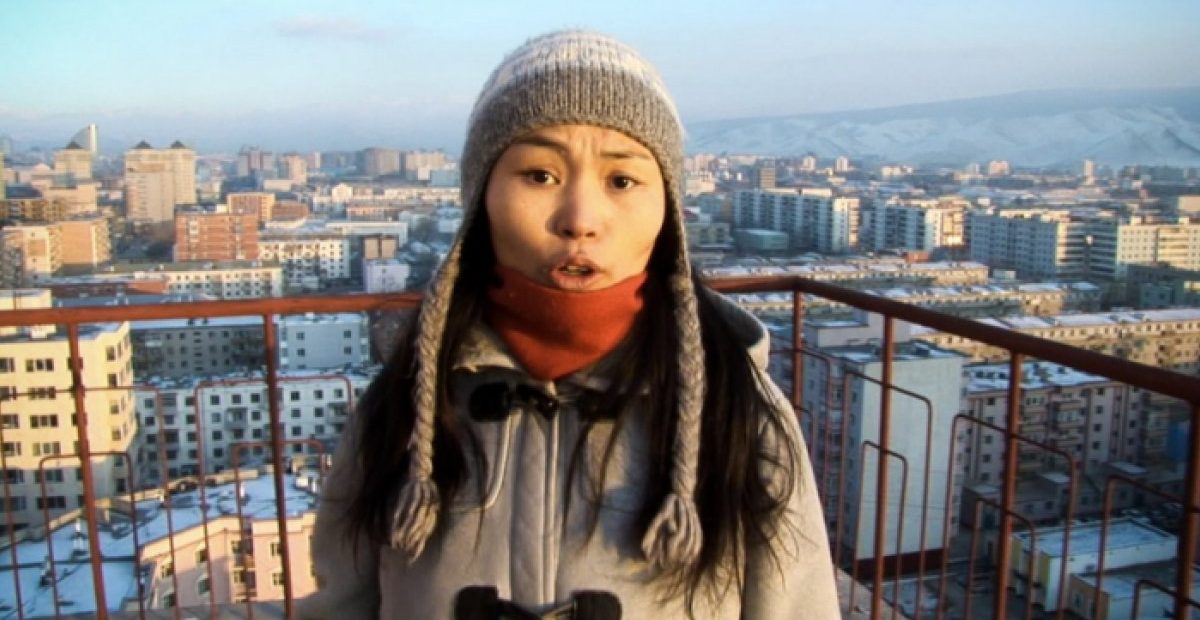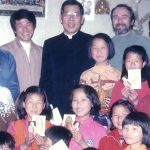Director: Benj Binks
Watch Mongolian Bling on FilmDoo
“Hip-hop originated in Mongolia.”
Once this surprising message is articulated by a traditional musician in the opening moments of Mongolian Bling, the tone is set, and the subject of the documentary promises to be unique.
In most Western cultures, rap is said to be the most popular of all genres in terms of music sales. Commonly associated with disenchanted youth, its key purpose and roles are well detailed as director Benj Binks skilfully explores the birth and rise of hip-hop in Mongolia in the 1990s – a time when the country is rid of Communist rule and in the process of becoming independent, democratic, and little by little, Westernized.
Rap has always put forward and valued words, and through interviews with symbolic senior personalities, the importance of words is also shown to be a part of Mongolia’s heritage, linking the modern-day genre to the region’s oral culture. By describing the tradition of long songs, throat singing and song fighting games, we understand that this form of art – using words and poetry to express ideas, thoughts, opinions and stories – is an essential art form in the country.
Telling everyday stories, expressing ideas, opinions, injustices, anger – these are the main themes of the songs created by the artists we meet. These artists – girls and boys from different backgrounds – are touching, at times amusing and always genuine. Rappers Gennie, Quiza and Gee are portrayed as products of their ancestry and traditions, even though they evolve in a modern world. This is the expected promise of the uniqueness of Mongolian hip hop reflected in the film’s first images.

Binks captures the importance of hip-hop and rap as the means of channelling a love of country as well as the desire for a better and just society. It is remarkable to witness how the genres’ themes are the same worldwide: violence, anger, alcoholism, corruption in politics etc. It is, however, regretful that not all songs in the feature are translated, especially those of the teenagers who perform in the desolate streets of the poor Ger district. Inspired by their more experienced elders, their faces convey powerful emotions, but their words are missing. What triggered this choice for “censorship”?
The director incontestably loves his country and successfully displays its many facets: the history, the traditions, the nomads in the steppes, the Shamans (victims of ostracism), the urbanization, the poverty (the one family seen living in a dumpster). We are left amused, reverent, shocked and surprised, though with only thin connections made with the Mongolian hip-hop scene, these seem like important subjects for a different documentary.
Mongolian Bling is a film that clearly has plenty to express, unfolding like Binks’ own personal hip-hop song. And while this one track communicates on too many themes and stories at once, the notion of oral literature as a crucial art form in traditional and modern Mongolia is effectively encapsulated and held up as a source of great pride for the nation.
Watch Mongolian Bling on FilmDoo





